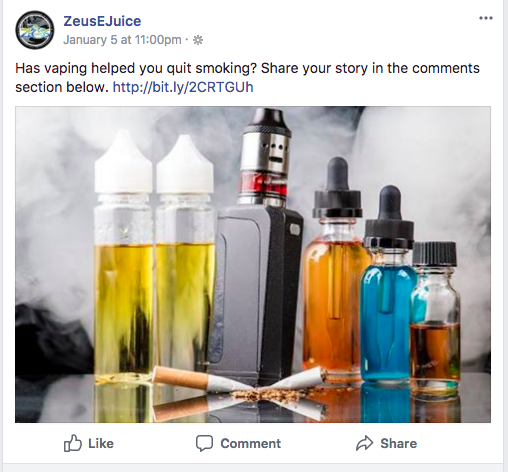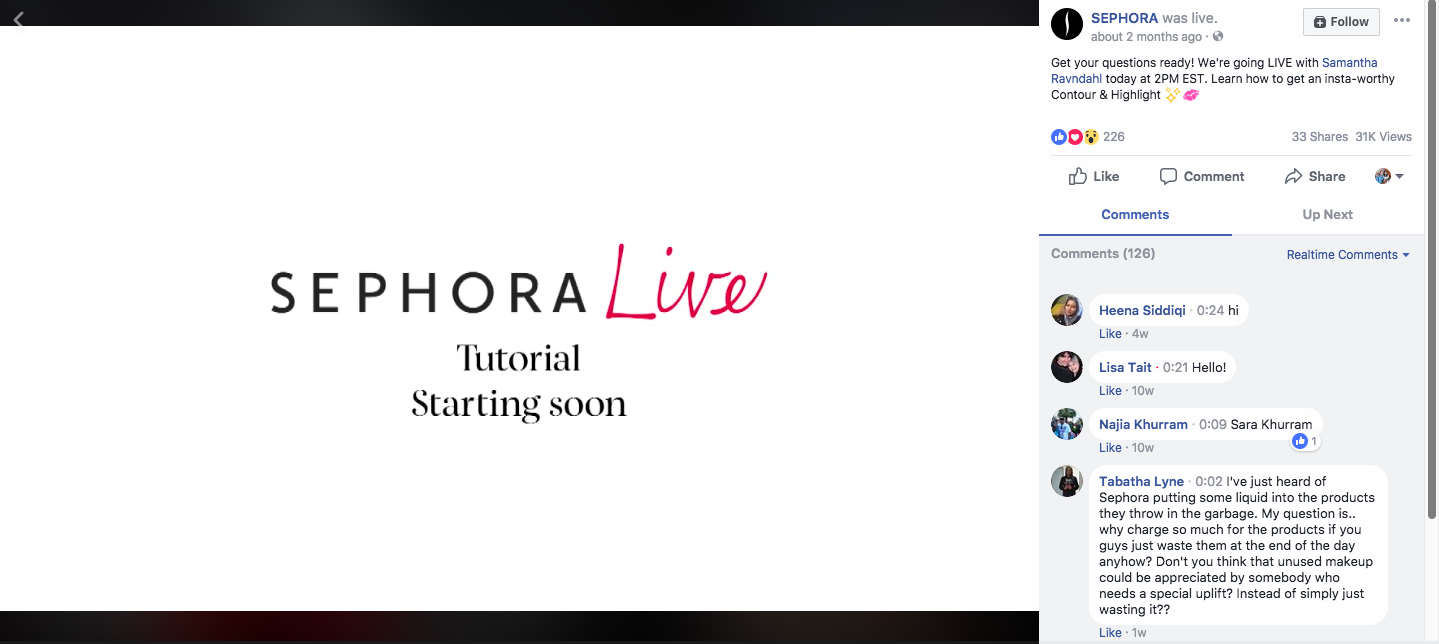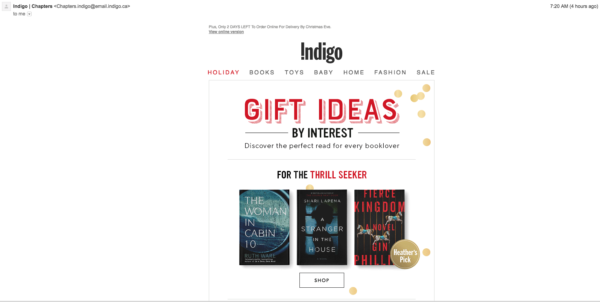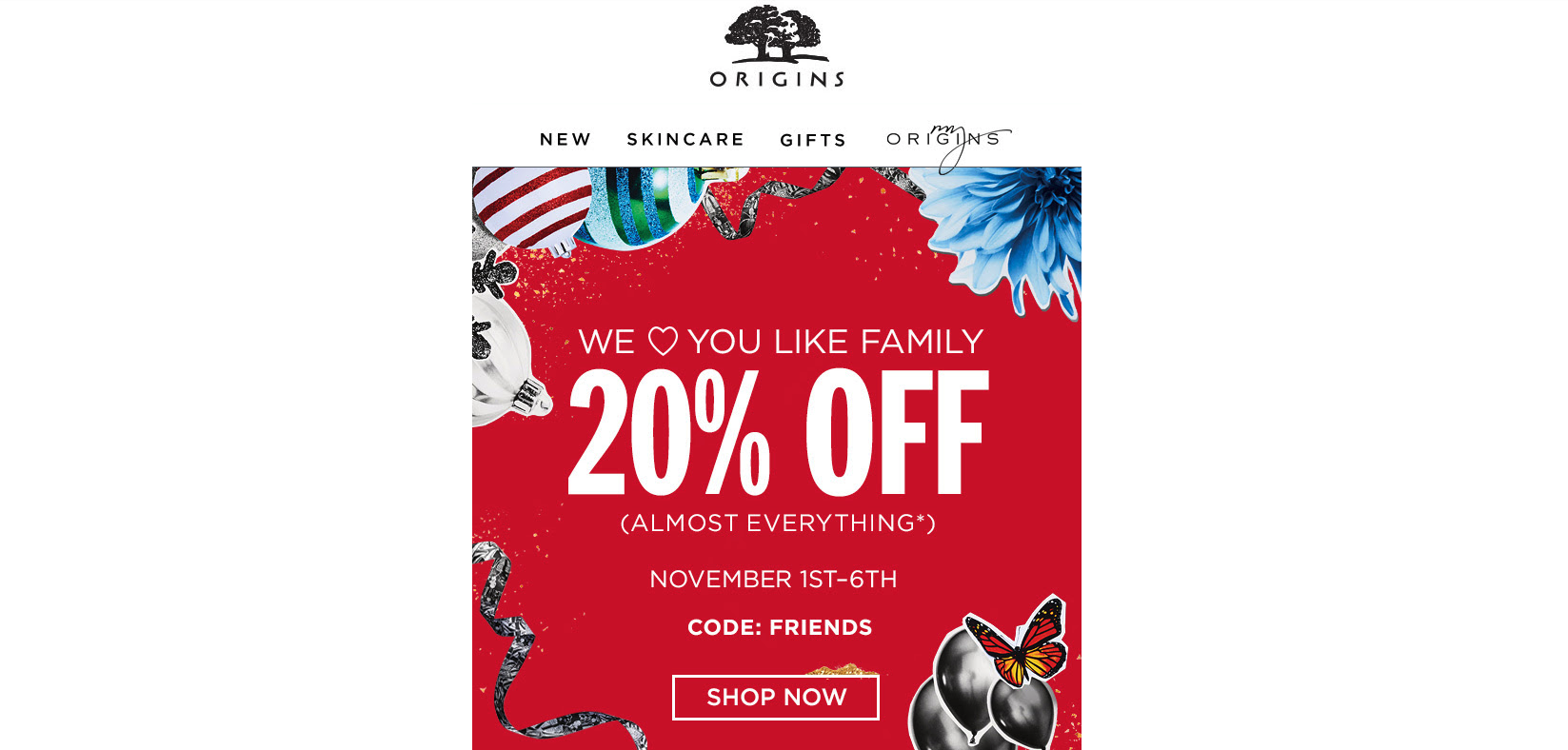Twitter is a unique social messaging platform whereby someone or a company sends out a Tweet to begin a conversation that others can retweet, respond to, and like, amplifying their message across the world. According to the social media giant, over 500 million tweets are sent each day, making various text, photos, links, GIFs, and videos visible to a wide range of followers and users. If you operate a company and are wondering how to use Twitter for business, read on.
Increase Your Company’s Brand Awareness
By regularly tweeting information that your potential customers or industry influencers find valuable, you increase the likelihood of being discovered by new followers. Incorporating relevant or trending hashtags into your tweets will further help you connect with those interested in those topics. For instance, if you specialize in men’s fashion, using hashtags such as #mensfashion, #mensstyle, or #menswear will make your tweet visible to users following those particular topics, which could prompt them to visit your Twitter profile and start following you, hence expanding your circle.
Respond to Customers
Twitter is an excellent customer support platform. Increasingly, customers are abandoning email as a way to contact companies and choosing social media instead. Users often discuss products they use and like (or dislike) on social media, making it an excellent avenue to provide prompt customer service. Make it a habit of monitoring your business’ mentions as often as possible since people’s Tweets aren’t restricted to business hours. Responding to both positive feedback and concerns promptly is a great way to build a good reputation and strong relationship with your customers.
Participate in Discussions
By following various hashtags, influencers, and brand advocates, you can participate in discussions and discover what’s happening in your industry at that very moment. As people take notice, you will begin to establish yourself as an expert in the subject matter, which can increase your number of followers.
How does your business use Twitter? Tell us in the comments section below.




























